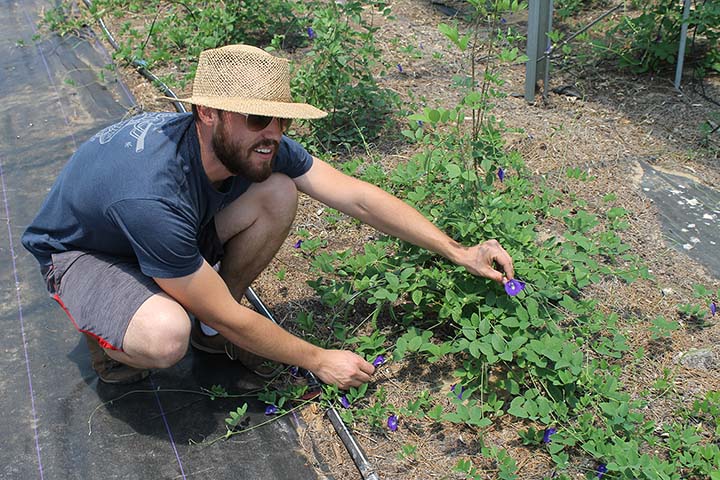Last Updated on May 29, 2019 by Angela Colonna
The butterfly pea (Clitoria ternatea) plant’s flower has a unique trait of changing color with the use of acidic additives and is a natural colorant. In the past, the food industry used synthetic dyes to enhance food and drink colors because it recognized color and appearance impact consumer choices.

The butterfly pea plant is a herbaceous twining vine that has a high growth rate. The plant itself is relatively easy to maintain and drought tolerant. The butterfly pea’s flowers are a deep blue, edible and commonly consumed. The anthocyanins in the flower are associated with the antioxidant and colorant properties of the flower. The temperature, pH and sucrose all have impacts on the butterfly pea flower extract (BPFE), the natural colorant.

The need for convenient, reliable natural colorants prompted the University of Florida Institute of Food and Agricultural Sciences (UF/IFAS) Mid-Florida Research and Education Center (MREC) Medicinal and Beverage Crop Program to develop this publication as a reference for the extraction, processing and storage of the color-changing natural colorants found in BPFE.

The authors of this publication, Sean Michael Campbell, Brian Pearson, and Chris Marble, all are based at MREC in Apopka, Florida.
To download the full document, follow this link.
 0
0
